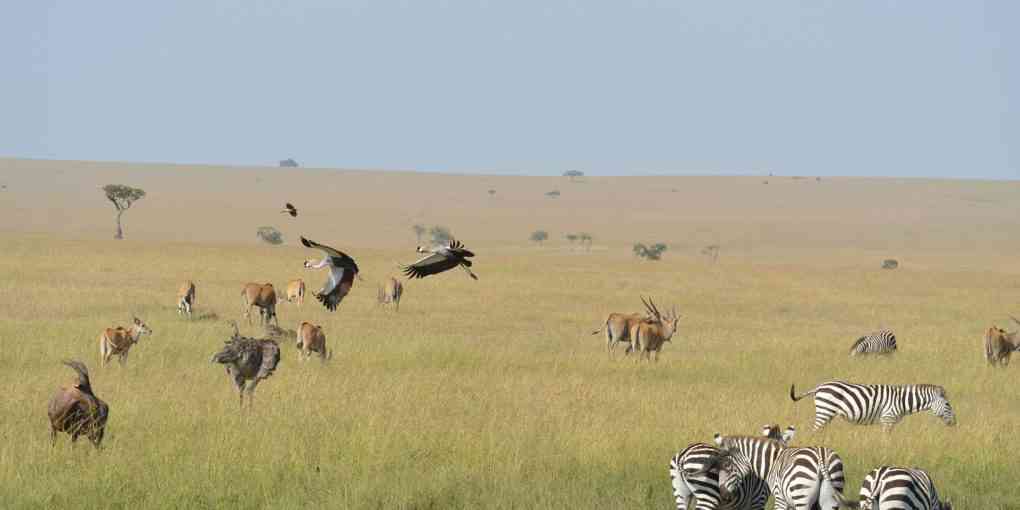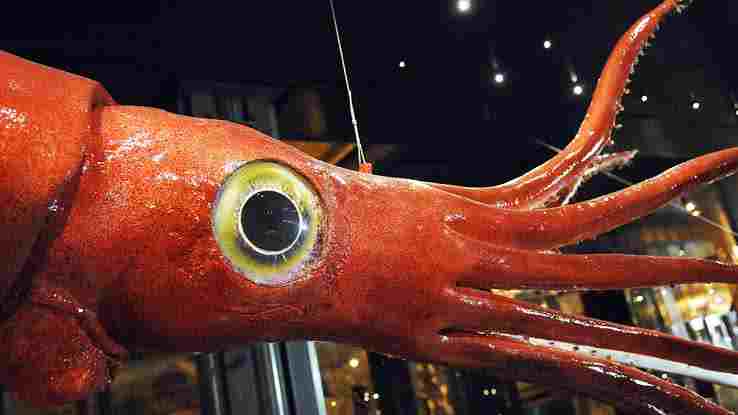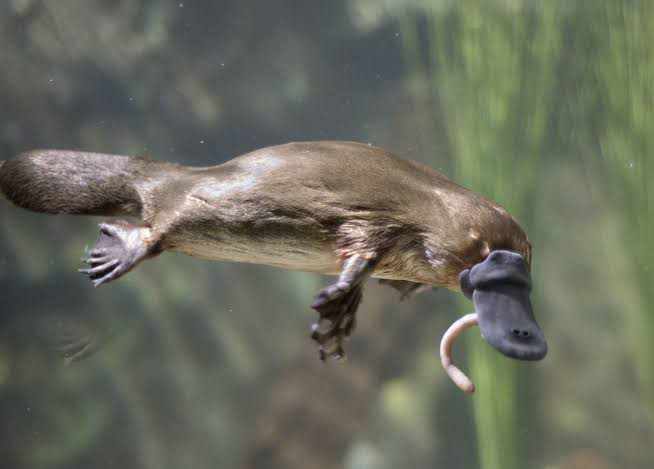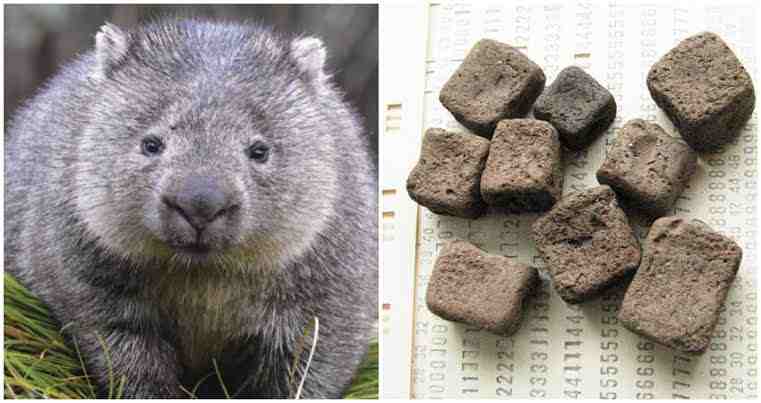Topics in Biology
Cellular respiration in biology Len Academy biology mock questions for waec Len Academy biology midterm questions for SS1, 2nd Term Characteristics of saltwater habitat Aquatic habitat explained with its types Types of habitat: Terrestrial habitat explained with examples What is habitat? Difference between plant cell and animal cell Nucleus explained with its structures Nucleus explained with its types and functions Organelles of the cell explained with their characteristics Eukaryotic cell explained with its characteristics Prokaryotic cell explained with its structure Characteristics of prokaryotic cell Concept of cell Cell theory in biology Importance and limitations of ecological pyramid Protists explained with their characteristics Contents of the scrotum: Epididymis, vas deferens, spermatic cord and cremaster muscle Tropical savanna explained with its characteristicsAcademic Questions in Biology

From the above diagram, which of the organ below isn't a requirement for the male reproductive system?
A. Bladder
B. Ureter
C. Glans Penis
D. Testis
E. Bulbourethral Gland
F. Epididymis
A walnut shaped male accessory sex organ located between the bladder and penis is the _____.
A. Ductus Ejaculatorii
B. Bulbourethral Gland
C. Prostate Gland
D. Ductus Deferens
E. Seminal Vesicles
F. Epididymis
In a food chain, the primary consumers are classified under trophic level _____.
A. Zero
B. One
C. Two
D. Three
E. Four
F. Five
Cold blooded animals are referred to as _____.
A. Homeotherms
B. Endotherms
C. Poilokitherms
D. Ectotherms
E. Thermotherms
F. None of the above
All reptiles are vertebrates.
A. True
B. False
_____ cells are responsible for the formation of osteoblasts.
_____ is a bone that constitute the axial skeleton.
Which of the following is false concerning cartilages and bones?
The biome savanna (also spelt as savannah) is often referred to as a grassland because of its abundance of grasses. Trees are widely spaced and relatively scarce in the savanna.
Please read on the concept of a biome here.
As an instance, you may have watched the animal documentary program on television. If this is the case, then you may be presented with a biome, let’s say savanna.
You can read on tropical rainforest biome and its importance here.
Within the savanna, you will see grasses, zebras, hyenas, lions, birds, insects and other organisms interacting with one another. Together, they form the savanna ecosystem. This is shown in the image below:

Please read on an introduction to the ecosystem here.
The savanna makes up about 20% of the lithosphere. You can imagine the lithosphere to be the solid part of the earth. Other parts of the earth are:
An important question to ask concerning the savanna is: 'Why do we have grasses as the dominant plant community in the savanna'?
The answer to the above question can be referenced to the savanna climate which is quite unique to it.
During the summer (dry season) of savanna, its vegetation and animals disappears from a lack of rainfall. The grasses typically dries up during this season due to a lack of water in its soil. Also, some may also be killed from wild fires which can be very common during this dry and windy season. In addition, the rivers and lakes dry up giving rise to the migration and disappearance of animals from the savanna until the rains come again.
You can read on the desert biome here.
The ability to survive the wild fires of the savanna is an inherent characteristics present in the biotic community of the savanna. To this end, the grasses propagate their seeds and spores deep into the soils, birds fly away, certain insects burrow their way deep into the soil during the wild fires while other animals migrate and run for their lives.
The survival of the biotic component of the savanna ecosystem is therefore an important aspect of the savanna.
Please read more on the biotic components of an ecosystem here.
Note: The biotic community of the savanna simply refers to all the living organisms (plant and animal community) present within it.
During the periods of rainy season (which may begin around march), the plant (grasses) and animal community thrives again and the savanna environment becomes completely different from what we had in the dry season. During this time (rainy season), the grasses flourish, the river and lakes reappears and various animals return to graze on them. The grasses are able to regenerate from the harsh dry and windy season due to their nature of propagation, short life cycles and the favorable environment (from the presence of water).
In summary, the nature of savanna's climate marked by a windy dry season and wet rainy season presents the sharp contrast in its vegetation during both seasons.
You can read the explanations on various ecological concepts here.
The savanna can be put into different types based on various factors. These are:
Climatic savanna
Edaphic savanna
Derived savanna
Tropical savanna
Temperate savanna
Sudan savanna
Sahel savanna
Please read the details on types of savanna here.
Meanwhile, understand that a grassland biome is sometimes considered as the middle line or transitional biome between the rainforest and the desert biomes respectively.
Kindly share this article via the links below:

Please click here to contact Alfred if you require any of the following services:
If you need a standard website at an affordable price.
Online training on the academic subjects: biology, chemistry and basic science.
If you require an advanced smart school management system (web application) for your school.
Click here to read on Len Academy Smart School Software.
Please click here to follow Len Academy on Google News.
Amazing facts in Biology
Russia is home to the largest area of forest in our world with a land mass of 815 million hectares

Giant squid lives deep in the ocean and they have the largest eyes in the world
The movements of the fingers are controlled by muscles of the palms and forehands

Platypus (sometimes referred to as the duck-billed platypus) is an egg-laying, semiaquatic mammal found in eastern Australia. It has no stomach and as such, its food goes from the mouth through the esophagus and directly to their intestines.

Pufferfish contain a toxin called tetrodotoxin. This makes them foul tasting and poisonous to predators. Tetrodotoxin is about 1,200 times more poisonous than cyanide, and there is enough toxin in one pufferfish to kill 30 adult humans. Unfortunately, there isn't any known antidote to this poison.
Interestingly, a delicacy in Japan (called fugu) is made from pufferfish. This meal is very expensive, and must be prepared by trained and licensed chefs. An improper preparation of fugu may lead to the customer's death. Sadly, such deaths are recorded annually

Wombats are the only animal with a cube-shaped poo. They can stack up these cube-shaped poo, marking their territory with it

Robert Wadlow (1918–1940) remains the tallest man ever recorded in the Guinness World Records. He was an American who stood at 8 feet, 11 inches.
An abnormally enlarged pituitary gland had resulted into Robert Wadlow's giant size.
Cockroach is the fastest land animal on six legs

Like humans, all apes laugh when tickled

An ostrich's eye is bigger than its brain
Notable points in Biology

An artery is composed of three layers:
The outermost layer is termed tunica adventitia (or tunica external). It consist mainly of collagen fibres and connective tissues that anchors the arteries to other nearby tissues.
The middle layer is named tunica media. It is made up of smooth muscles and elastic fibres that supports the artery in conveying blood at high pressures.
The inner layer is called tunica intima (or tunica internal). It is lined by a smooth tissue called endothelium, and is made up of a fine network of connective tissues.
All living organisms possess various features in order to survive in their environment. This is the concept of adaptation. As an instance, a fish is able to live in water because it has gills and fins.
Also, a camel is able to survive in the desert because it has large feet to aid walking on sand without sinking. It also has long eyelashes to help protect it from the blowing sand and wind.
Plants are also able to live in different habitats because they have the required adaptive features towards that habitat. For instance:
Plants that live in/on water are termed hydrophytes.
Plants that live on land with moderate amount of water are termed mesophytes.
Plants that live on deserts or arid lands are termed xerophytes.
The point is:
All organisms have various features on them that enables them adapt in their habitat
For a thing to be considered living, it must possess all the basic characteristics of life. These include:
Movement
Respiration
Nutrition
Irritability or Sensitivity
Growth
Excretion
Reproduction
Death
Adaptation
Competition
Please read the explanations on all the basic characteristics of life here
During strenuous exercises like sprinting or running, your body may actually work in the shortage of oxygen. During this time, your body owes oxygen (called oxygen debt) and it must be replenished or repayed after the exercise is stopped. This is why you breathe excess of oxygen after you stopped the exercise.
This is the concept of anaerobic respiration

A food chain is a diagram that shows the relationship between plants and animals within a habitat on the basis of how they rely on each other for food.
Note: Habitat is a place where an organism live. It is of three types: